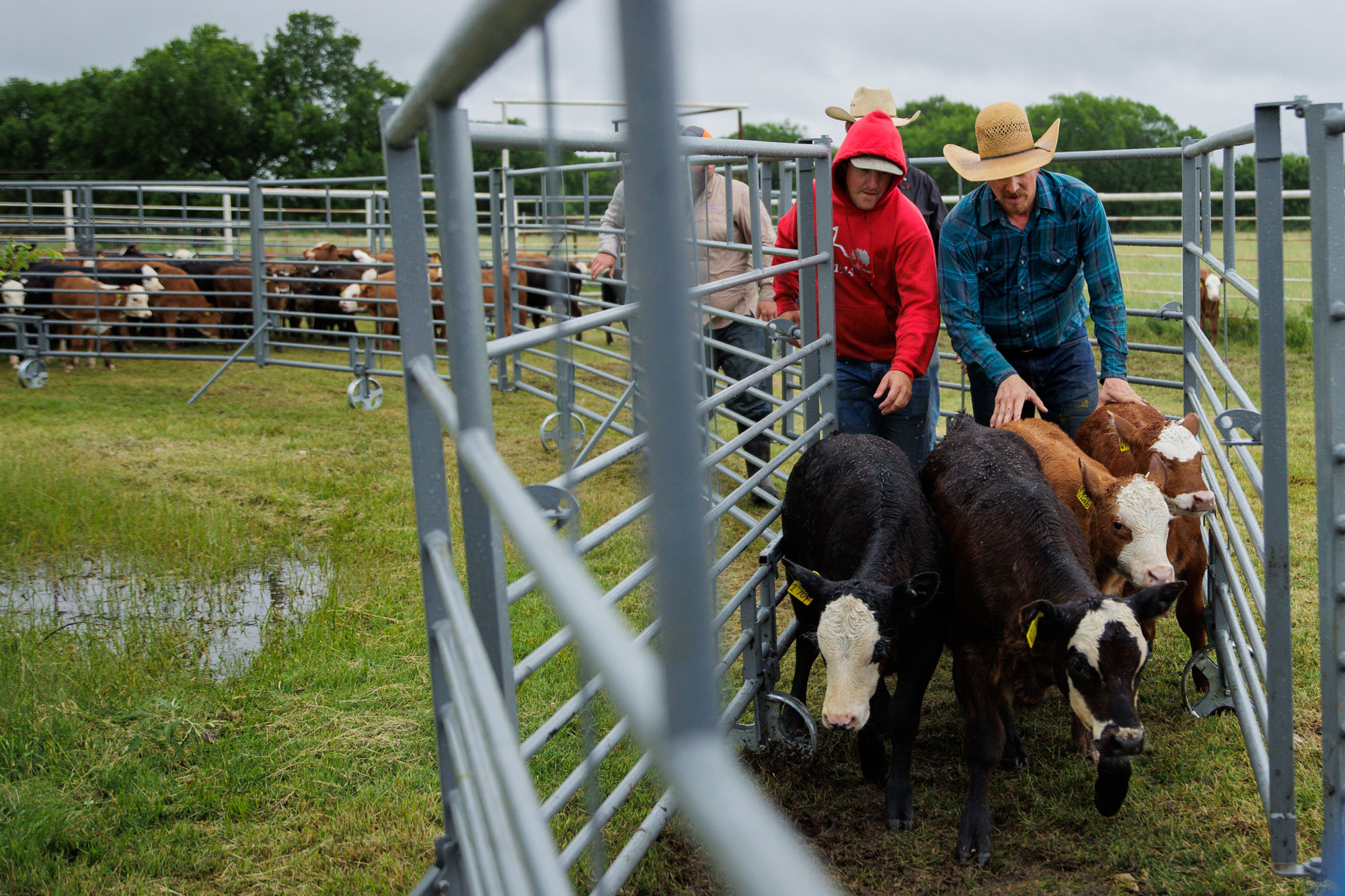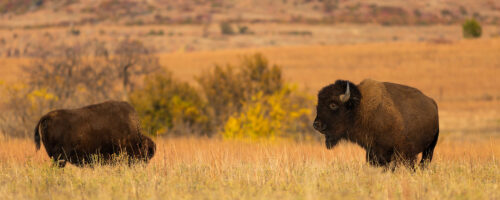Agriculture is the seventh-most-hazardous industry in the United States, but ranch owners and operators can take steps to make their working facilities and equipment safer for their staff and families.
Recently Noble Research Institute and the U.S. Roundtable for Sustainable Beef created and published a new guide to help improve ranch safety.
Ranch Employee Safety: Working Cattle and Related Facilities and Equipment takes ranchers through four stages of improved safety:
- Stage One: Identification of the hazards
- Stage Two: Prevention of worker injuries and illnesses
- Stage Three: Preparation of ranch employees
- Stage Four: Monitoring the hazards and risks and the safety policies and procedures implemented
Additionally, the guide provides 30 pages of resources and tools, ready to use on any operation.
Hugh Aljoe, Noble Research Institute’s director of producer relations, said he believe the guide will benefit all producers.
“Everyone wants the safest environment possible for their families and staff — they just may not know how to effectively accomplish that in an effective way that doesn’t overcomplicate the work,” he said. “This guide is simple to use and practical to apply on any cow-calf operation.”
Ranch Employee Safety: Working Cattle and Related Facilities and Equipment is available for download at no cost here.

Photos
About Noble Research Institute
Noble Research Institute is the nation’s largest nonprofit dedicated to farm and ranch management and has been a leading, trusted resource in agriculture since 1945. The organization serves agricultural producers with education, research and consultation on regenerating soil health to improve their land, livestock and livelihood. Demonstrating its ongoing commitment to restoring U.S. grazing lands, Noble actively manages 13,500 acres of working ranchlands to provide real-world insights and applications for farmers and ranchers.
For more information about Noble Research Institute, visit www.noble.org.
For media inquiries about Noble Research Institute, please contact:
Kim Leaston | Sr. Public Relations Specialist | mailto:[email protected]





Comment